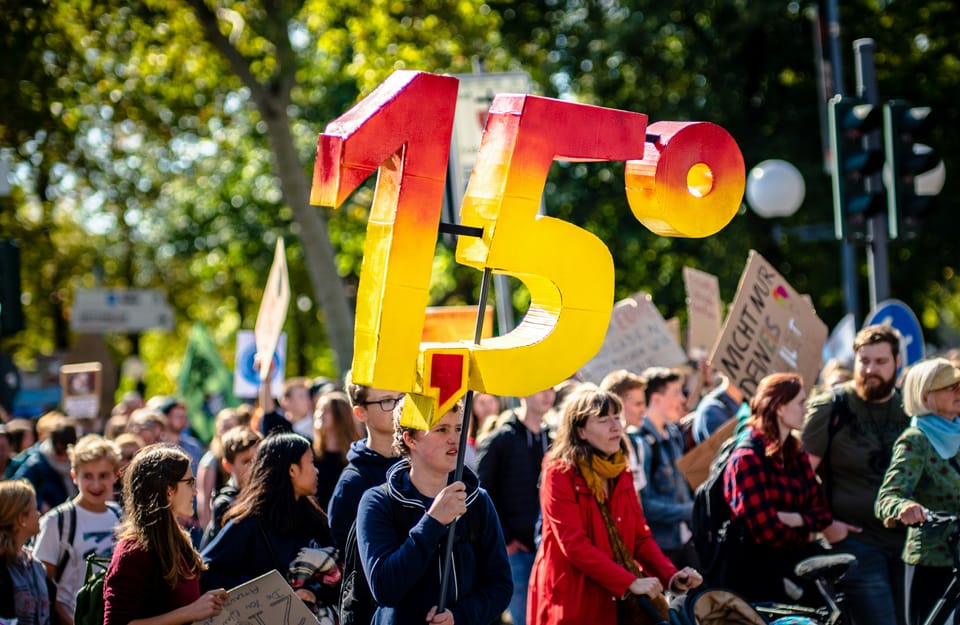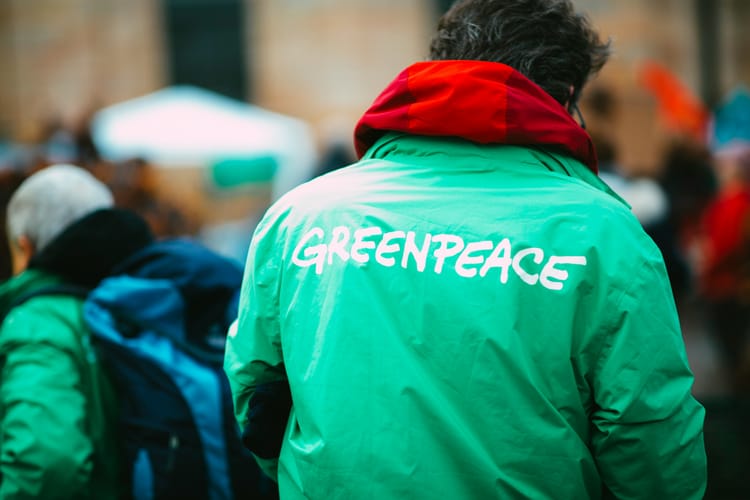‘Frightening gap’: Current 2035 NDCs expected to result in 17% emissions reduction

Based on the national climate targets submitted by 64 countries so far, the UN expects global emissions to drop by just 17% from 2019 levels – far short of the 60% necessary to meet the goals of the Paris Agreement.
In a synthesis report published today ahead of COP30, UNFCCC summarised the 64 nationally determined contributions (NDCs) submitted by September 30, 2025 – covering roughly 30% of global emissions.
It shows that current pledges would cut emissions by around 17% by 2035, compared to 2019 levels. Yet the Intergovernmental Panel on Climate Change (IPCC) recently stated that in order to keep the global temperature rise to 1.5°C, emissions should peak by 2025 and drop by 43% by 2030 and 60% by 2035.
“This report lays bare a frightening gap between what governments have promised and what is needed to protect people and planet. While the transition to a low-carbon economy is underway, it’s clear that countries need to shift from a jog to an all-out sprint,” commented Melanie Robinson, Global Climate, Economics and Finance Programme Director at the World Resources Institute.
Read also: New NDCs leave climate experts underwhelmed
Countries representing two-thirds of emissions are yet to submit their NDCs
It’s important to remember that countries representing around 64% of global emissions have still not submitted their 2035 NDCs, with UNFCCC warning that “it is not possible to draw wide-ranging global-level conclusions or inferences from this limited data set”.
These include China, India and much of the European Union – which is still negotiating its 2040 climate target, and as a result has been unable to submit a final 2035 NDC.
“The report paints an incomplete picture because countries representing nearly two-thirds of global emissions either missed the September cut-off for inclusion or have not yet submitted new plans. Those still on the hook to submit must deliver ambitious climate targets if they want to stay competitive, attract investment and benefit their workforce,” warned Robinson.
Silver linings: Credibility and climate adaptation
There are, however, some positive elements in the UN report, which states that the new NDCs show a progression in terms of quality, credibility and economic coverage: 89% of targets now cover their country’s entire economy, compared with 81% in previous NDCs.
In addition, all NDCs submitted so far go beyond mitigation to include elements on adaptation, finance, technology transfer, capacity-building and addressing loss and damage: in fact, 73% of them include an adaptation component.
"The UN analysis shows national climate plans are starting to bend global emissions downward: 2035 targets would lower emissions by about 6% compared with previous 2030 NDC targets, and emissions would peak by 2030 if those NDCs are implemented. But that progress is dwarfed by the vast gap still needed to avoid breaching the Paris Agreement’s 1.5°C limit.
“Encouragingly, the analysis points out examples of real momentum, with more countries scaling renewable energy, decarbonising transport and integrating adaptation and just transition into their plans. These are promising developments both countries and cities can seize upon, replicate and scale,” added Robinson at WRI.







Member discussion